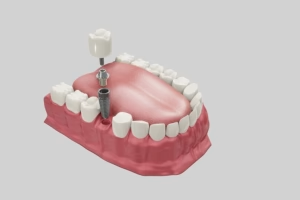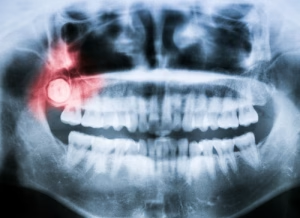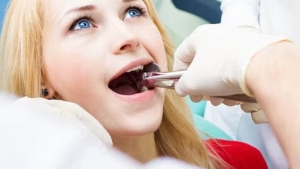How To Fix Crooked Teeth Without Braces
5 August 2019
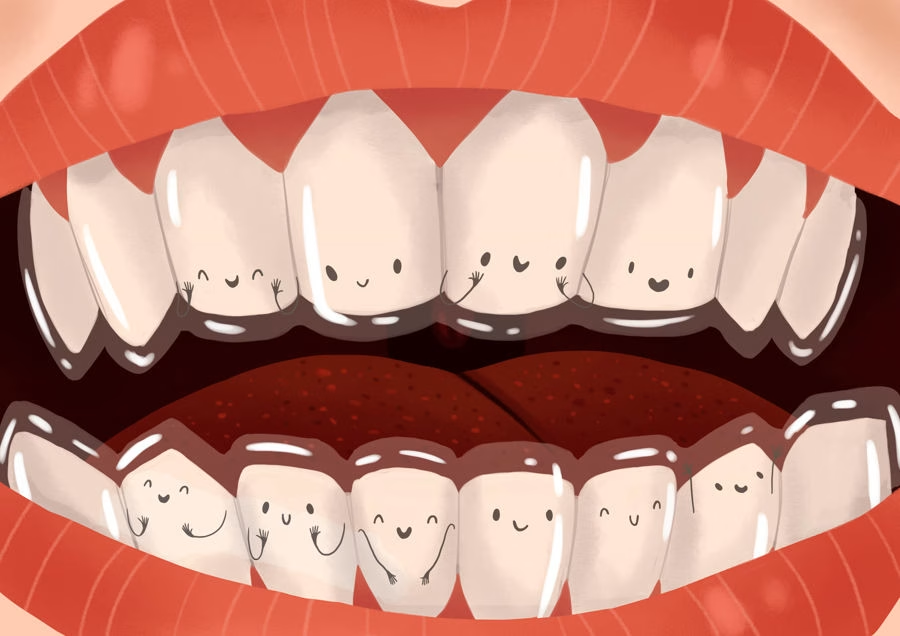
With composite veneers, you will most likely not have to make that many visits to the dentist, sometimes as few as one visit is necessary.
Pretty much everyone wants a beautiful, broad smile with straight, symmetrical teeth. Most people live under the assumption that wearing braces is the only way to make this happen.
If there is only limited overcrowding and due to this your teeth are only slightly crooked then there is a large possibility that you just need to make use of retainers for a while.
However, depending on what your specific condition is, there are other methods and ways to go about straightening your teeth.
There are three types of retainers you can get: fixed retainers, Hawley retainers, and removable retainers. Fixed retainers are attached to the teeth along the inner surface using dental cement. These are a good solution for long-term fixes, but they’re not the kind of retainers you can remove on your own as they’re attached and need your dentist’s attention. Hawley retainers can be removed. They’re made of metal wires and acrylic which is formed using a dental impression of your mouth. These retainers can be made and used for both the lower and upper arches of the mouth for straightening teeth. Then, of course, you have removable retainers which are very convenient since you can remove them and put them in at your own leisure and it’s not necessary to have your dentist adjust or fix them as you generally have to with other appliances. They are also, however, easy to lose and buying a replacement isn’t that cheap.
If you need to correct a cross-bite, over-bite or under-bite, you might need to use certain appliances in order to reposition your jaw. The Herbst appliance, for example, is a device that corrects jaw imperfections and straightens your teeth. It has an extension made of metal which attaches to your molars in order to connect your upper and lower jaws. An appliance like this is normally worn for a year, and throughout the year regular visits to the dentist are necessary to adjust the device. Headgear is another optional device to straighten teeth without braces. Headgear is to be worn daily for the number of hours specified by your dentist.
If your upper jaw is narrow or you have an underdeveloped palate then you can make use of expanders to give your teeth the necessary space to grown into their natural and healthy positions. Often used for children whose mouths are not large enough for all the adult teeth that are meant to grow, palatal expanders are meant to make the arch of the upper teeth wider. Using dental cement, the orthodontist will fix the expander to the upper molars. A key is used to turn a screw that sits in the center which places pressure on the sides of the upper jaw gradually. This will increase the width of the mouth by allowing new bone to grow in the stretched space, allowing the teeth to shift their way into position. As far as aesthetics, expanders are barely visible. The adjustment process can cause a bit of discomfort, however.

Why Do Teeth Grow Crooked
Many people blame crooked teeth on genetics, saying it’s a hereditary passed down through generations. This is not, as a matter of fact, usually the case. There are multiple other causes that could contribute to or cause your teeth to grow crooked. Baby teeth and adult teeth alike can end up coming in crooked. Let’s look at some reasons why this happens.
Breathing through your mouth, thrusting your tongue about, reverse swallowing and sucking on your thumb as a child are all definite causes that make your teeth grow crooked. These are habits called incorrect myofunctional habits.
The size of one’s jaw also plays a part. Eating soft or processed food doesn’t require you to chew that much, allowing your jaw to get lazy and weakens your jaw muscles and joints.
Neglecting your teeth and not getting them checked and cared for by a dentist on a regular basis is definitely a very common reason for crooked teeth and also many other tooth and gum problems and maladies.
Impact on the facial area, namely the jaw and area around the teeth, can easily knock your teeth out of place and loosen things in an unpleasant way causing your teeth to start growing and settling in crooked.
What Are Composite Veneers?
You may have heard someone mention “veneers” while talking about straightening their teeth and wondered what they are. Veneers are usually thin pieces of porcelain that are attached to the surface of each tooth and are used to re-model the way teeth look and give them a natural, symmetrical appearance. As opposed to crowns and braces, veneers are a lot less invasive. They can be used to correct small misalignments or close gaps.
Composite veneers (otherwise known as “componeers,” “same-day veneers,” or “composite bonding”) are an alternative to porcelain. Composite veneers are made of a translucent resin which is skillfully made by your dentist. All it takes is a single appointment!
Composite veneers are also surprisingly a good deal cheaper than porcelain, often almost a third of the price. Dentists have stated that less tooth enamel has to be removed when placing composite veneers as opposed to porcelain veneers or crowns. They are also a lot simpler to repair than porcelain.
Something to keep in mind once you get veneers is that they have the tendency to break under pressure, so avoid biting and chewing very hard objects like ice, pencils, fingernails etc.+
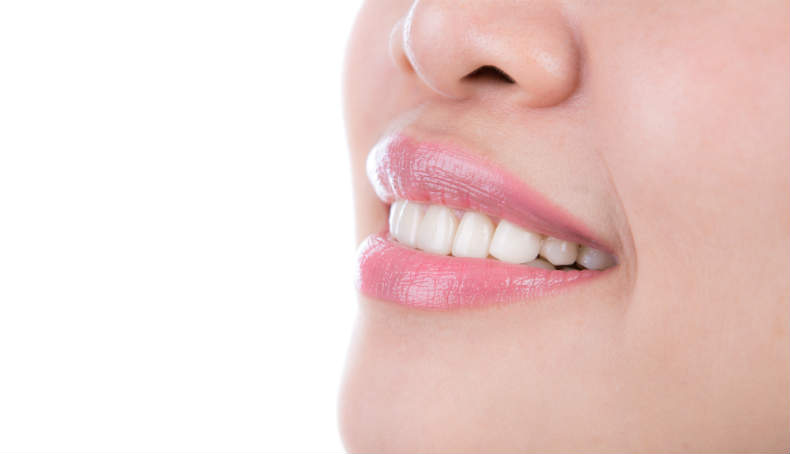
How Long Do Veneers Last?
So how long do veneers last? Veneers are definitely not permanent, but they can last you for quite a long time. The ordinary lifespan of most veneers is between 10 and 15 years. They often require a few tweaks and repairs over the years. Porcelain is the most common material used for veneers. They are most often custom made for the user to fit their teeth.
In conclusion, there are several ways you can fix your teeth without having to apply braces. However, it really depends on what the condition your teeth are in and the reasons why your teeth are crooked. For these reasons it is still highly recommended that you consult your dentist or orthodontist to make sure you are making the best possible decision for the well-being of your teeth!



